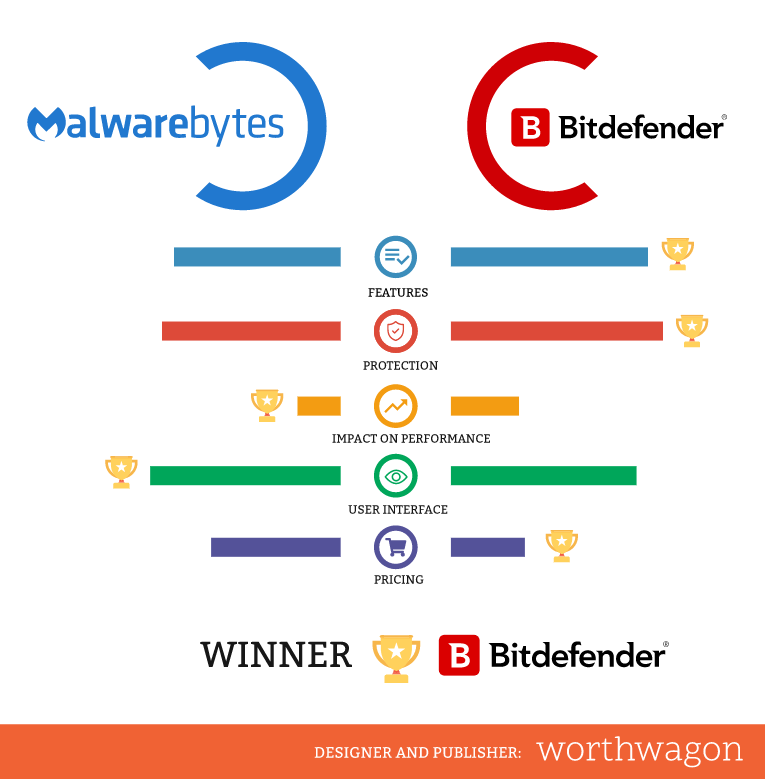

Look at Data Usage Meter or Data Monitor, depending on your provider. Visit your service provider’s website, log in and go to the user portal.
#MALWAREBYTES VS NORTON HOW TO#
Here’s how to do it.Įvery internet provider has tools that keep track of your monthly bandwidth consumption. These stealthy tactics use up bandwidth, and the unauthorized data they consume should be pretty easy to spot by simply checking usage stats. You’re using way more data than usualĪdware-infected gadgets usually perform unsolicited clicks in the background to generate profits for cybercriminals. We’ll go over how to do this in more detail below. Your best bet is resetting the phone to clear its memory banks.

Still, ruling out malware can give you peace of mind. Smartphones tend to heat up and slow down with age, and processes that used to work smoothly can bog down the phone as updates become more demanding.Ĭonsider how old your phone is before you jump to any conclusions. SmartphonesĪre you experiencing sluggishness and heat on a smartphone? This isn’t always due to malware, though that could be the culprit. If you see something using too many resources, research it, reset it and closely monitor it. Like Windows Task Manager, Mac’s Activity Monitor lists all your open processes with tabs for CPU, Threads, Idle Wake Ups and Network usage. Then, start typing the first few letters to auto-complete “Activity Monitor.” Press Enter to access the tool. And the quickest way to access Activity Monitor is by using Spotlight Search.Ĭlick the magnifying glass on the right side of the menu bar at the top of your screen, or press Command + Spacebar to open a Spotlight window.
#MALWAREBYTES VS NORTON MAC#
The Mac equivalent to Task Manager is the Activity Monitor. If you see performance decrease again, you may have found your culprit. Check online to ensure it’s a legitimate app or process otherwise, restart and monitor the task.

If you don’t recognize the name, Google it. Open up the program associated with the process and see what it’s doing. You might find one program using 100%, or close to it, of your CPU. To start, open Task Manager and check each process’s CPU and memory columns. This is usually measured in Central Processing Units or CPUs. Windows Task Manager lists your computer’s current tasks, like programs, processes and app behavior, and how much processing power they’re using. Use the keyboard shortcut CTRL + SHIFT + ESC to get to the Processes tab. Windows allows users to see them easily with the built-in Task Manager. There are a few key ways to see your computer’s processes. If your desktop or laptop is running hot and a program you don’t recognize is hogging your system resources, there’s a good chance it is malware. Here are some handy tools to pinpoint malicious applications on your computer.

Tap or click here to see how to keep your gadgets cool. A device that runs cool will last for much longer. Excessive heat also wears out the mechanical parts of your device, such as its fans. Internal components can melt or become damaged when a device gets too hot. This can be dangerous for the health of your tech. If your computer is working overtime to handle the unwanted software, that can cause it to heat up. Programs on your computer can get sluggish or lag by the time you finally notice, it may already be too late.
#MALWAREBYTES VS NORTON SOFTWARE#
After all, it’s an extra piece of unwanted software that intentionally runs your system dry. Malware tends to eat up a lot of system resources.


 0 kommentar(er)
0 kommentar(er)
